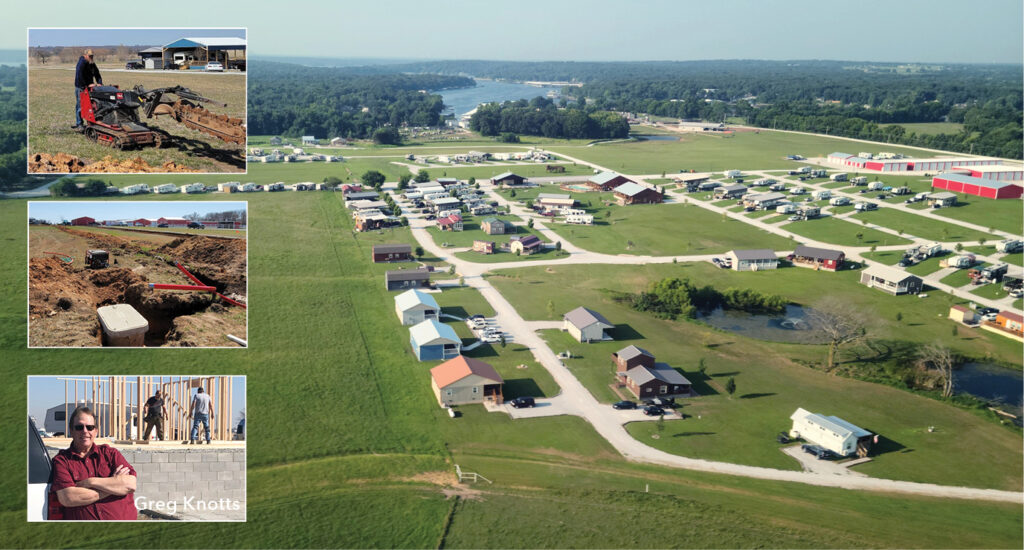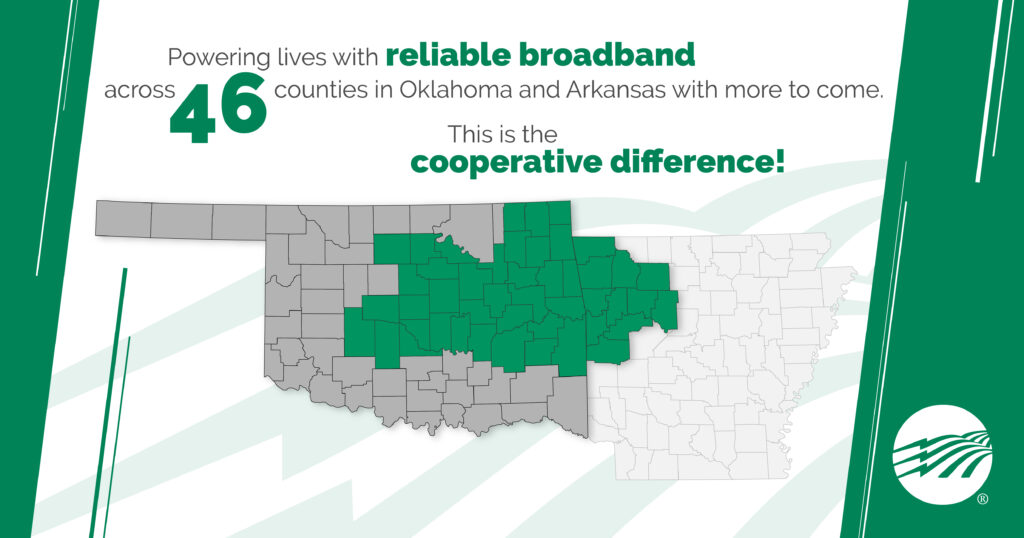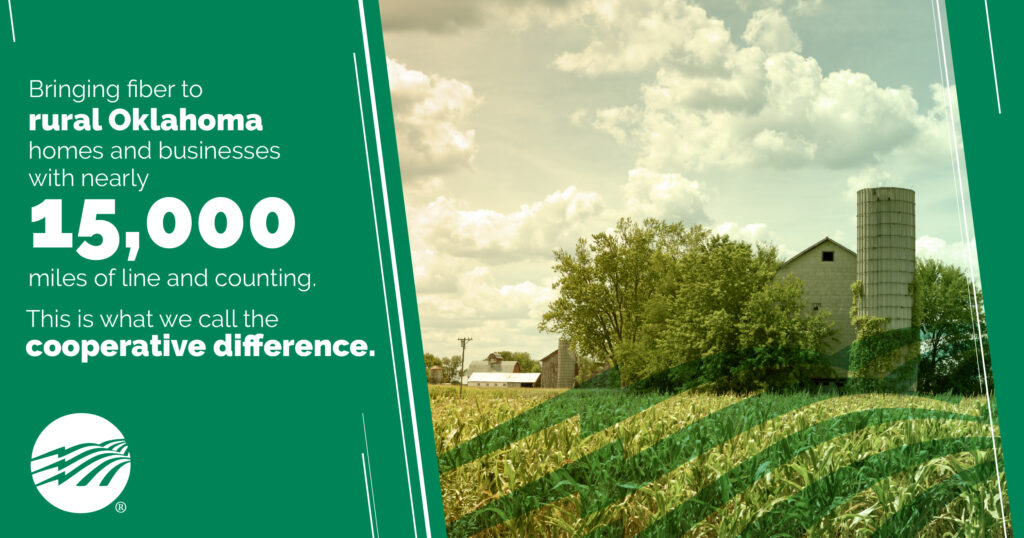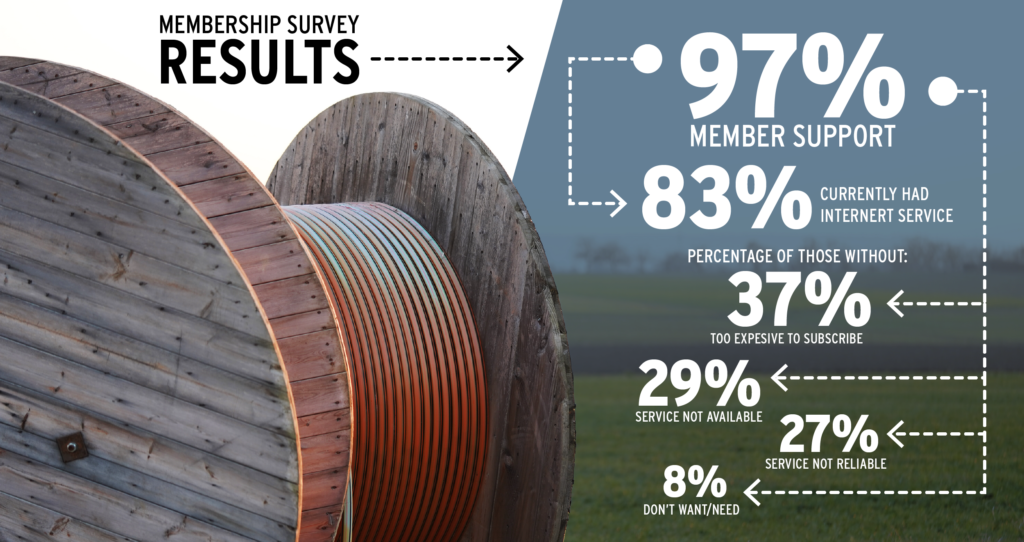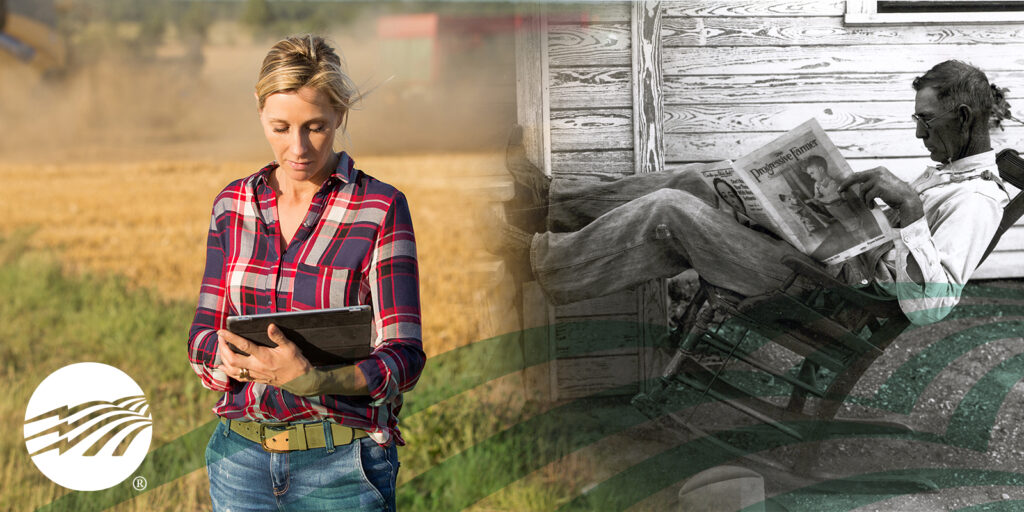
of ecoLINK’s 8,259 subscribers.
When East Central Electric Cooperative was formed in November of 1938 it was guided by the cooperative principles and a commitment to serve. The goal was to improve the quality of life for all, not just those within city limits.
Today that goal continues with ECE’s fiber subsidiary ecoLINK Fiber. By extending crucial fiber services to homes and businesses throughout the ECE service territory, ecoLINK is creating a positive impact on all sectors of the rural economy and way of life. Farm automation, medical care, and distance learning have become possible in a time when people need it most.
“Rural residents have been ignored by telecom companies, just like they were ignored by electric companies years ago. What we’re doing with ecoLINK Fiber is exactly what co-ops did when they brought electricity to rural America. We’ve come full circle,” says Tim Smith, East Central Electric Cooperative general manager.
Once ecoLINK has completed its project of extending fiber to homes and businesses throughout the ECE service territory, the commitment will continue with service being available to communities and non-members as well.
“Bridging the gap and providing is who we are and where we started,” Smith explains. “Serving others by providing a better quality of life is critical to our mission.”
ecoLINK Fiber is currently working in phase 4 of its 5 phase project with over 8,200 subscribers and 3,600 miles of line built. Fiber service will be available to all ECE members by March of 2024.


